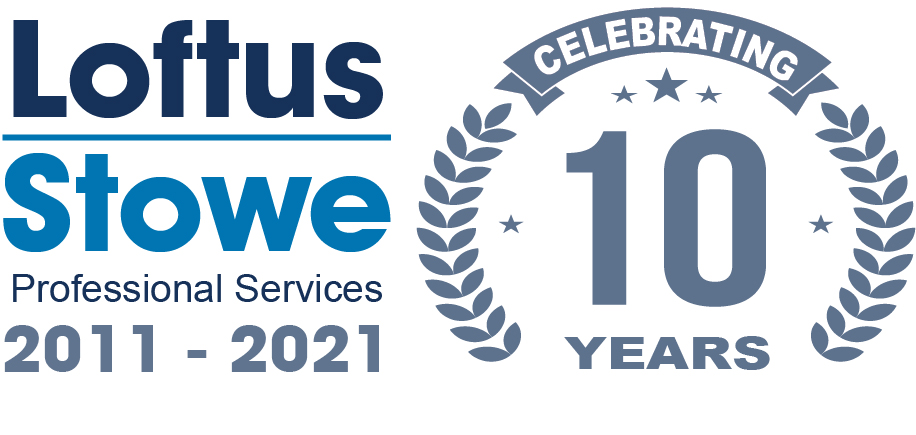All the interest you earn in a cash Individual Savings Account (ISA) is free of tax and you can save up to a maximum allowance of 20,000, which resets every year on 6 April. But I dont think the government will be too upset that it cant tax your ISA gains because the interest from your savings wont be much. The highest cash ISA Annual Equivalent Rate (AER) of interest I can find comes with the Marcus accountfrom Goldman Sachs at 1.5%. Then theres a cash ISA with the Leeds Building Society paying 1.38%, plus similar rates of interest from other providers.
Insist on better rates
Such derisory interest rates dont keep up with the annual rate of inflation. You are almost certainly guaranteed to lose some of the spending power of your money at those low rates. Instead of increasing your wealth by saving, you would be reducing it if you use a cash ISA with a low interest rate.
There are better rates of interest available on cash savings accounts but they are not ISAs and the interest paid is subject to normal income tax rules, so some of it could be deducted to pay tax. If you are happy to tie up your money for a period of time, you could save it in Paragon Banks five-year bond account, for example, and get 2.5% AER. Another example is RCI Bank UKs 2.36% if you commit to not touching your money for three years.
Those rates are better, but some of the banks and building societies offer Regular Savings Accounts and they pay the highest of all bank interest rates. Generally, you have to be an existing customer of the bank to open a Regular Savings Account and the amount you can pay in each month is limited. Examples include Nationwide, First Direct, HSBC and M&S Bank, which are all paying 5% AER on their Regular Savings Accounts for existing customers.
Theres nothing quite like these ISAs
You can get an even better return if you pay into a Help-to-Buy ISA or into a Lifetime ISA. There are rules regarding your age and what you can spend the money on when you eventually draw it out, but if you meet the criteria, the government will top up whatever you put in with an extra 25% of cash. On top of that, Help-to-Buy ISA providers also pay interest on the money you save, such as Barclays at 2.58% AER and Nationwide at 2.5%. So, the government pays you 25% once and then the ISA provider pays 2.58% or so every year on your money, on the money the government added to your account and on the interest from previous years. Help-to-Buy ISAs and Lifetime ISA are a must in my view its free money. Grab it while you can!
But the saving limit on Help-to-Buy ISAs will not take up your entire 20,000 annual ISA allowance, so Id invest the rest in a share-based investment held within the ISA. You could invest in a low-cost, passive index tracker, a managed fund or pick shares yourself, perhaps guided by a share-picking service such as Share Adviseror Prohere at The Motley Fool.
Do you want to retire early and give up the rat race to enjoy the rest of your life? Of course you do, and to help you accomplish this goal, the Motley Fool has put together this free report titled “The Foolish Guide To Financial Independence”, which is packed full of wealth-creating tips as well as ideas for your money.
The report is entirely free and available for download today, so if you’re interested in exiting the rat race and achieving financial independence, click here to download the report. What have you got to lose?





